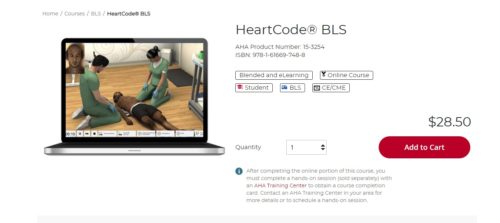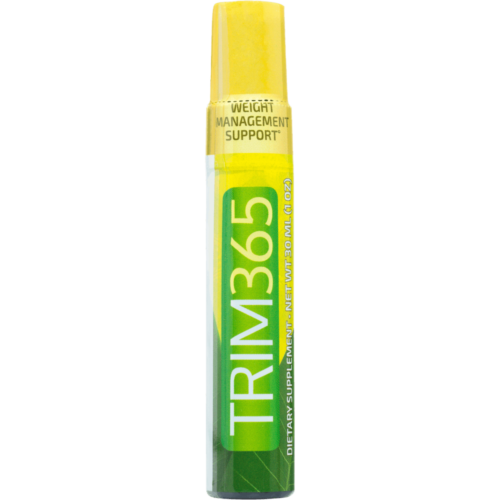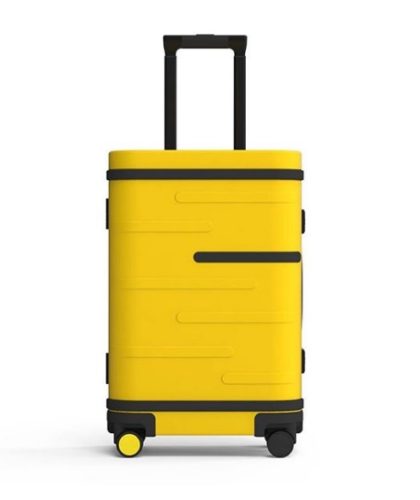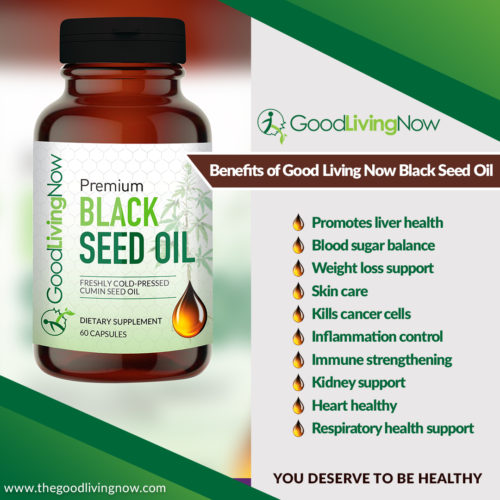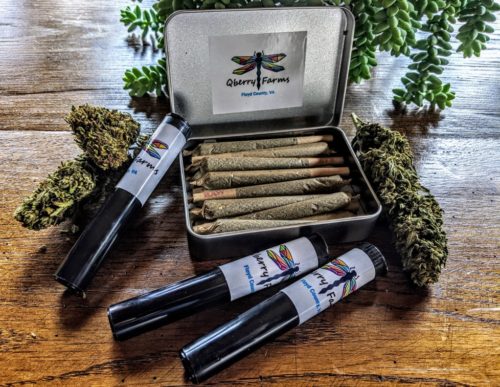Can you beat the Recession?
Tom Behan
A native of Petoskey and Harbor Springs, Michigan, Tom Behan, 60, has been athletic most of his life. He’s participated in competitive ski racing, the martial arts, half-marathons, and amateur bike racing to keep fit. A natural salesman and talented mathematician, he began selling products on commission while in high school, and was mentored by several entrepreneurs that he met. In 1985, he expanded his family’s interior-design business, which he still operates. In 2006, he and his wife, Mary Jo, purchased, renovated, and expanded a local club in Harbor Springs, and reopened it as the 60,000-square-foot Bay Tennis & Fitness Club in 2006. They launched the 10,000-square-foot fitness-only Petoskey Health & Fitness nearby in 2007. The Behans and their children work out regularly at Bay Tennis & Fitness.
CBI: First of all: how and when did you happen to get involved in this business?
Tomm Behan: I’ve been active all of my life. Prior to opening two health clubs, I’d operated my family’s interior design business, while ski racing, running half-marathons, and teaching martial arts. My wife and children are also very active. So, when a small, shuttered club, built in 1974, came up for sale, we were interested. We bought it in March 2006, and, after redesigning, reconstructing, and expanding the entire building, we reopened it as Bay Tennis & Fitness, a 60,000-square-foot club with five indoor tennis courts, the following November. We built our second club, Petoskey Health & Fitness, a 10,000-square-foot fitness-only facility, in November 2007.
CBI: You mentioned that your entire family is physically active—what sorts of things do they do?
TB: I’m 60 years old, and I’ve always believed in cross-training. Downhill ski racing was my sport for 45 years; now it’s cycling and mountain biking. In the off-season, I do my cycling indoors and focus on sport-specific strength training. My wife, Mary Jo, works with a trainer frequently; my 33-year-old daughter, Julie, and her husband, Chandler, cross-train regularly; and my son, Tom, who’s 34, is an ultra-fit competitive cyclist.
CBI: What are your two clubs best known for in your market?
TB: While there are several small gyms in this area, none of them have the experienced tennis pros, fitness instructors, and personal trainers; or the classes, clinics, tournaments, yoga and Pilates programs; or the high-quality customer service that we offer. We also provide free orientations for our tennis, fitness, and class activities, which drive business in all of our departments.
CBI: Are any of the other members of your family members involved in the business?
TB: Mary Jo and I own the business, but our children aren’t involved on a day-to-day basis. Whenever I confront a challenge or face a difficulty, I turn to her first, because she knows me best. Then, I turn to my business associates. However, we often talk strategy with the kids, and they’re constantly helping us to tweak or change our programs.
CBI: Membership pricing can be a critical factor for independent clubs. What’s your approach to initiation fees and monthly dues?
TB: We don’t charge any initiation fee. Our top sellers are our one-year fitness, tennis, and tennis-and-fitness combo memberships, which begin at $69, $59, and $76 per month, respectively. We also offer shorter-term memberships at a higher rate. Our rate structure is unique in that family members can choose either tennis or fitness, and specify the number of months, all under the family-rate structure. Some classes are free, but most of them, including STOTT Pilates, cost extra, as do the tennis programs. Members can freeze their memberships for up to three months, and still receive three free assessments per year. Our clubs are open to the public, and nonmembers can purchase passes to classes and other activities, but our members enjoy reduced rates.
CBI: The great recession and lingering economic downturn have proven trying for many clubs. How have yours fared during this difficult period?
TB: In 2010, we gained members, overall; however, some people cut back on the length of the memberships they purchased. We sold more passes to nonmembers, and we scheduled more personal training sessions. Our tennis lessons were up by 20%—with just one less tennis pro—and our adult leagues and children’s clinics were also well-received. As a result, our profitability actually rose for the year.
CBI: What sort of a competitive situation do you face in your market? Do nonprofits enter into the equation?
TB: One of the budget-brand providers recently opened a facility here, but, because of their business model, they can’t possibly offer the amenities that we can. With respect to nonprofits, the local community college makes use of tax dollars to offer low-cost fitness classes, but we estimate that, in doing so, they’re losing hundreds of thousands of dollars a year. At some point, when voters become aware of this, I think that arrangement will be challenged.
CBI: Industry observers suggest that, given the current economy, large chains are relatively secure; small low-cost and niche clubs represent the new growth sector; and clubs in the middle, such as your own, face the greatest pressure. Do you agree? What do you regard as the greatest threat facing independent clubs today?
TB: Generally speaking, I think they’re quite right. However, Bay Tennis & Fitness is the largest club in the area, the only one with five indoor tennis courts within 90 miles, and the only one running classes and programs six days a week. In addition, we help several private country clubs run their programs during their busy seasons. As for challenges, I see several—the struggling economy, of course, and keeping staff enthusiastic and energized during this slump. The growth of franchises is also a challenge, but, I think, only for the short haul.
CBI: Much of Michigan has experienced a severe and prolonged economic downturn—much longer than in most other places—because of its connections with the auto industry. When do you see a turnaround happening?
TB: Yes, we have been hit particularly hard. The larger banks, which have long supported this area, have greatly reduced their exposure, which has hurt small companies dramatically. The construction trades are far off their normal business, so Northern Michigan will probably continue to struggle for at least two more years.
CBI: How have you coped—both in terms of trimming expenses, as well as keeping your members interested?
TB: We watch every expense closely, including that of payroll, and have made a point of holding onto employees who can wear more than one hat. In terms of customers, we create new classes and clinics on a monthly basis to attract prospects—we just added badminton, for instance, and four people joined immediately. We’ve created a local annual triathlon and a mountain-biking competition, the Ford Focus Crybaby Classic, that’s attracted major sponsors. And we make use of Facebook to keep our members aware of these and other events.
CBI: Consumers have certainly become more price-conscious, and many clubs have resorted to discounting initiation fees or dues. Your thoughts on that?
TB: Yes, you’re right about that, and we have lost some members going through this tough time. In a few cases, we’ve offered people a free membership for several months to help out—but on a selective, confidential basis…Otherwise, we might offer a one-month special with the occasional free training session as an enticement; however, with the exception of corporate sales, we never discount dues. Clients want to know that, based on their choice of memberships, they’re all paying the same price. In fact, we just quietly raised our dues between 3% and 9%—and no complaints yet.
CBI: Enough about the economy: what’s the most difficult other problem you’ve had to deal with?
TB: Nothing very dramatic, I’m afraid. We rely on wells for our water, and, last March, our main well failed. It’s not easy to drill new wells here in the winter—it could have taken two weeks—so we coped by bringing in bottled water and high-end portable toilets, and we managed to complete the new well in just three days. Two years ago, when our septic system failed because both backup pumps burned out, we were able to fix that situation overnight.
CBI: If you had to identify the factors that have contributed most to your success, what would they be?
TB: Again, nothing very dramatic—the sort of basics that you’d probably expect: a clean club; equipment that always works; systems that always function; exciting programming: those sorts of things! People love a clean club, and, something I’ve discovered, if you keep your facility clean, the other areas of your business tend to remain in good order. Constantly introducing inspiring, energizing new programming is very important. We keep all of our systems in great shape, and because we have staff that can repair or replace just about anything, our costs are low.
People see all of this, and they know you’re on top of your game.
CBI: What do you think the next five years hold for the industry?
TB: In my opinion, big-box clubs with lower prices won’t continue to attract new members for very long. Many new franchised facilities will open in the near future; however, many of them will probably close when their leases expire.
Long-term, I think, it’s going to be the educators, innovators, thinkers, and family-oriented operators who will prevail.
CBI: Finally, speaking of long term, do you and your wife have an exit strategy?
TB: Once this economy rebounds, we might entertain bringing in a partner or selling outright. In the meantime, though—knock on wood!—we’re profitable.
Health Club News: …. Brought to you by courtesy of http://fitnesslifemarketing.com/

